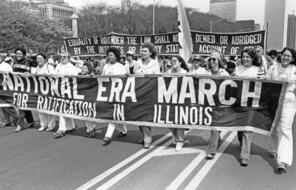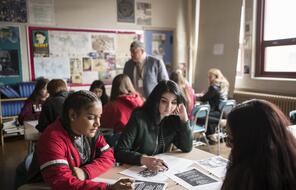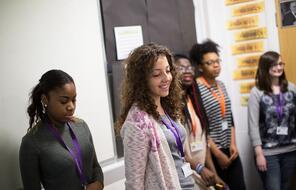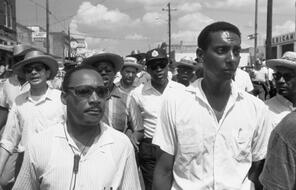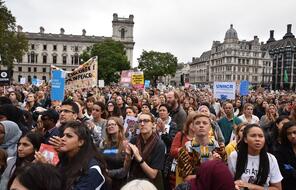Video
Eleanor Roosevelt’s Cold War Dilemma
Carol Anderson discusses Eleanor Roosevelt’s struggle to balance her support of civil and human rights with domestic and international politics and policy during the Cold War.
Video Length
01:32Subject
- Civics & Citizenship
- History
Language
English — USUpdated
Eleanor Roosevelt’s Cold War Dilemma
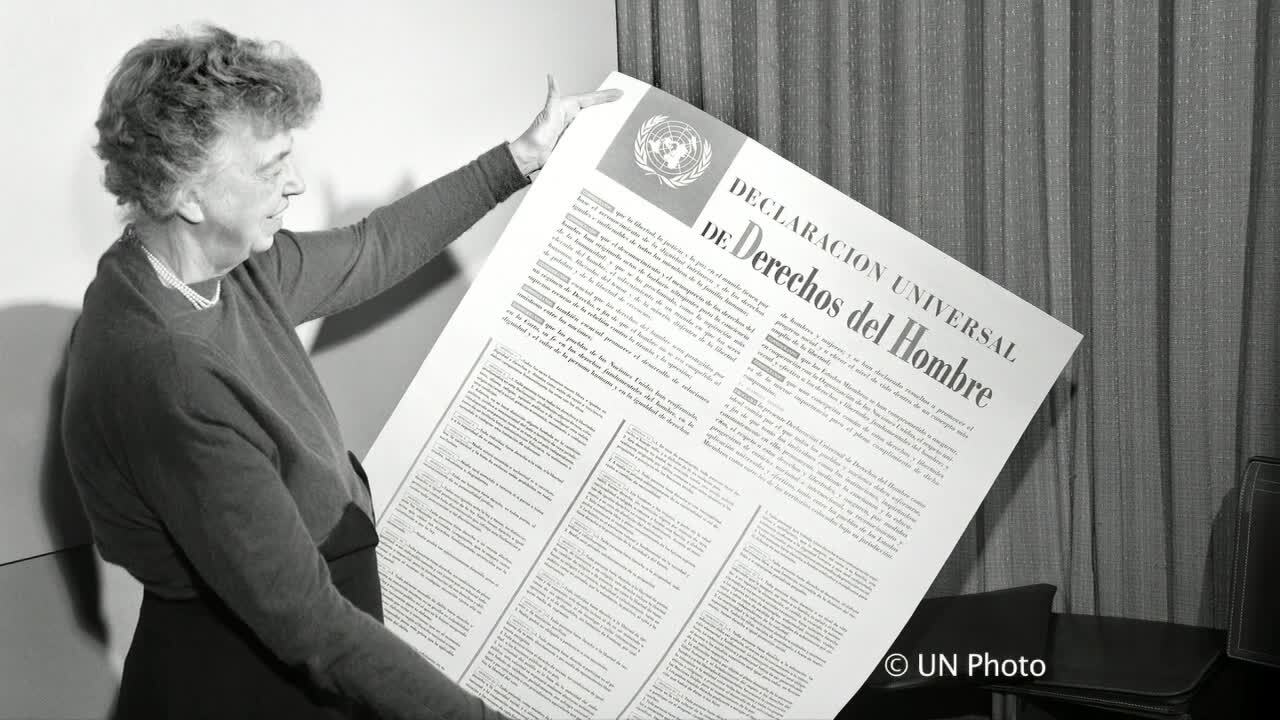
Eleanor Roosevelt’s Cold War Dilemma
Credit:
Facing History & Ourselves
How to Cite This Video
Facing History & Ourselves, “Eleanor Roosevelt’s Cold War Dilemma”, video, last updated February 27, 2014.
Most teachers are willing to tackle the difficult topics, but we need the tools.
—
Gabriela Calderon-Espinal, Bay Shore, NY

